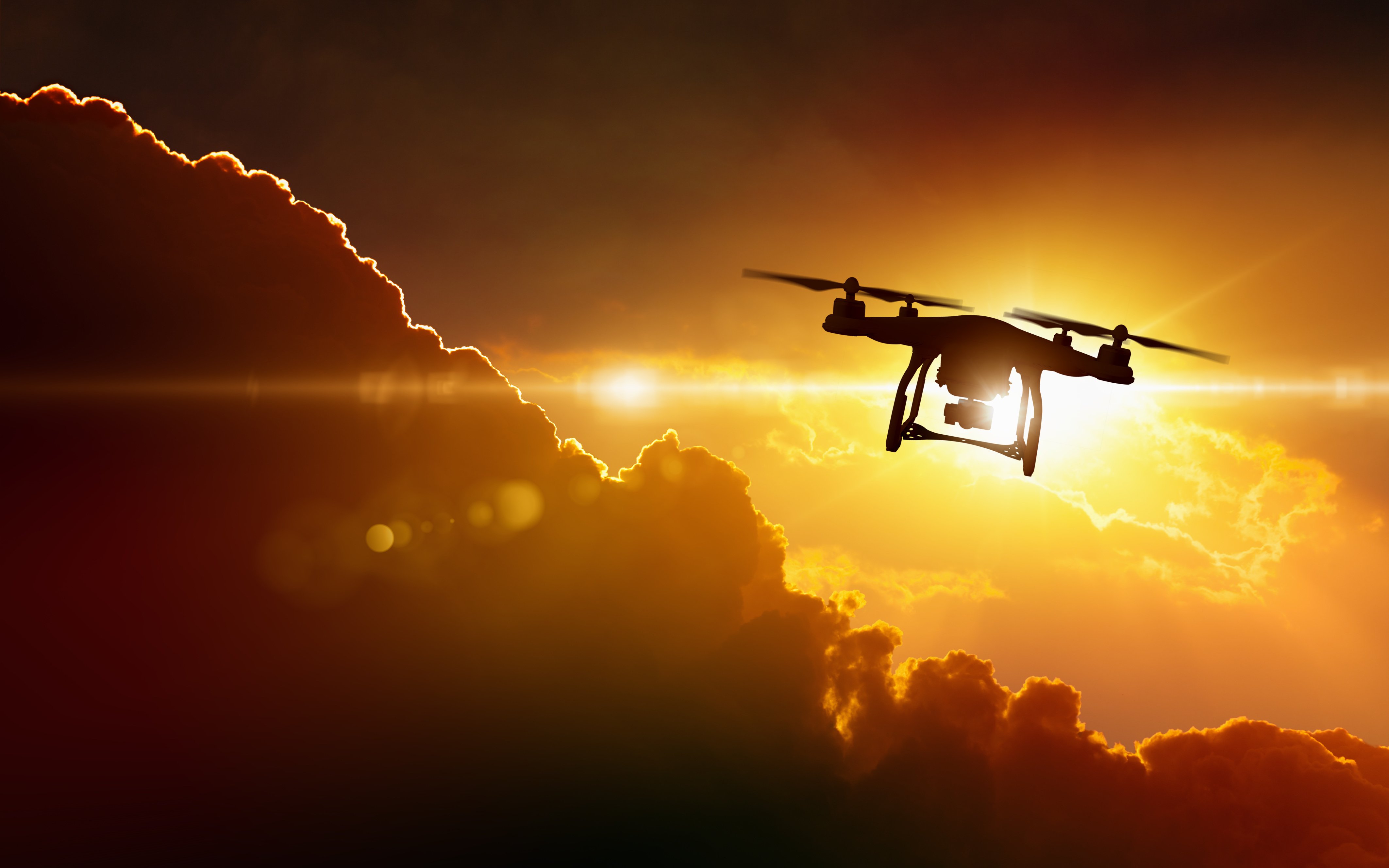We've been asked a number of times whether the provision to allow Remote Pilots to fly FPV will be available after 31st December 2020. The answer to this is yes and it will be very similar to the General Exemptions currently in place through ORS 1924 and ORS 1927.
So to fly FPV after 31st December 2020 under the new UAS Regulations, remote pilots flying in the Open category may be assisted by a visual observer, but only if that observer is situated alongside them. This allows the remote pilot to look away from the aircraft (e.g. to a screen or FPV equipment) while the observer undertakes the visual lookout task.
You can find the official wording from the EASA GM & AMC under GM1 UAS.OPEN.060(4) Responsibilities of the remote pilot. This forms the new regulations from 31st December 2020.
The extract from this document says:
ROLE OF THE UA OBSERVER AND FIRST PERSON VIEW
The remote pilot may be assisted by a UA observer helping them to keep the UA away from obstacles. The UA observer must be situated alongside the remote pilot in order to provide warnings to the remote pilot by supporting them in maintaining the required separation between the UA and any obstacle, including other air traffic.
UA observers may also be used when the remote pilot conducts UAS operations in first-person view (FPV), which is a method used to control the UA with the aid of a visual system connected to the camera of the UA. In any case, including during FPV operations, the remote pilot is still responsible for the safety of the flight.
As the UA observer is situated alongside the remote pilot and they must not use aided vision (e.g. binoculars), their purpose is not to extend the range of the UA beyond the VLOS distance from the remote pilot. Exceptions are emergency situations, for instance, if the pilot must perform an emergency landing far from the pilot’s position, and binoculars can assist the pilot in safely performing such a landing.
Conclusion
You will be able to fly FPV in the Open Category as long as you have a visual observer with you at all times and they must be able to maintain unaided Visual Line of Sight with the aircraft at all times.
If you're interested in learning more about the upcoming A2 Certificate of Competency (A2 CofC) and General Visual Line of Sight Certificate (GVC), the get in contact with the UAVHUB team.
You can email hello@uavhub.com or call us directly on 0800 033 4400.


